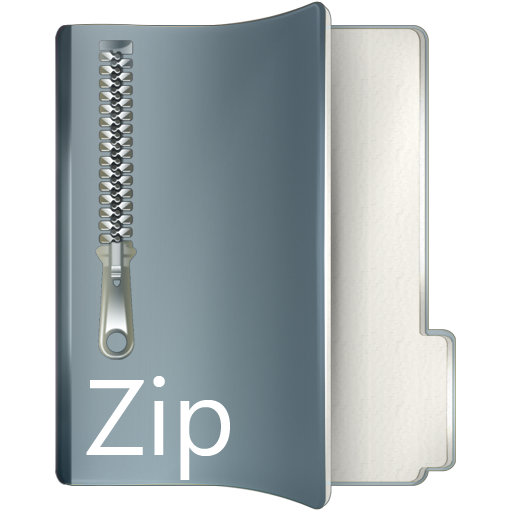Özet:
In medical image registration, algorithm choice and its application on images depend on the localization and where and how images are acquired. In this study, a linear algorithm; Iterative Close Point and an elastic method; Thin-Plate Splines are used to register volumes obtained from different sensors. For the sake of 3-D image registration, their performances on different modalities are compared on MATLAB environment. This study shows the registration results of 5 different modalities; T1, T2, PD - weighted MR, PET and SPECT images. The slice information is collected for volume reconstruction and a 3-D Registration is implemented. Thin-Plate Splines efficiency is studied according to landmark numbers. The simulation is presented as the mean of 20 experiments for point pair measurements and registration results are compared with respect to Mean Distance Difference and Root Mean Square Analysis. The measurements on skull surface represent that Thin Plate Splines (TPS) gives better results than Iterative Closest Point (ICP) Algorithm for less landmarks. Nevertheless, we observed that ICP that does not necessitate landmarks in the measurements gives better registration results in case where TPS measurements are implemented with more reference points.|Keywords: Image Registration, Thin-Plate Splines, Morphometrics, Iterative Closest Point Algorithm, Multimodality Image Analysis.

